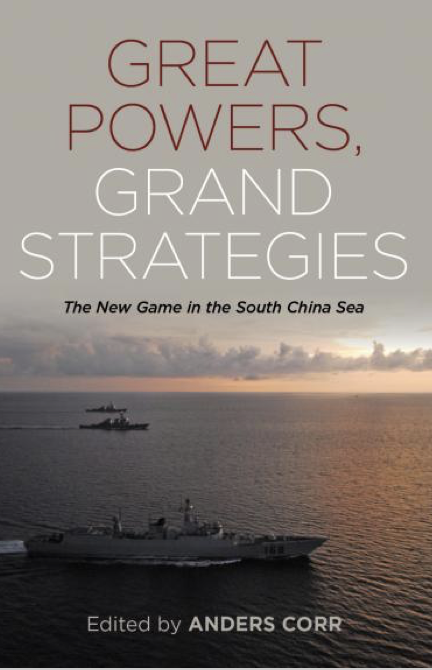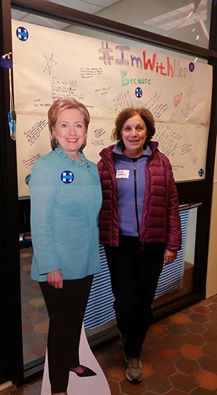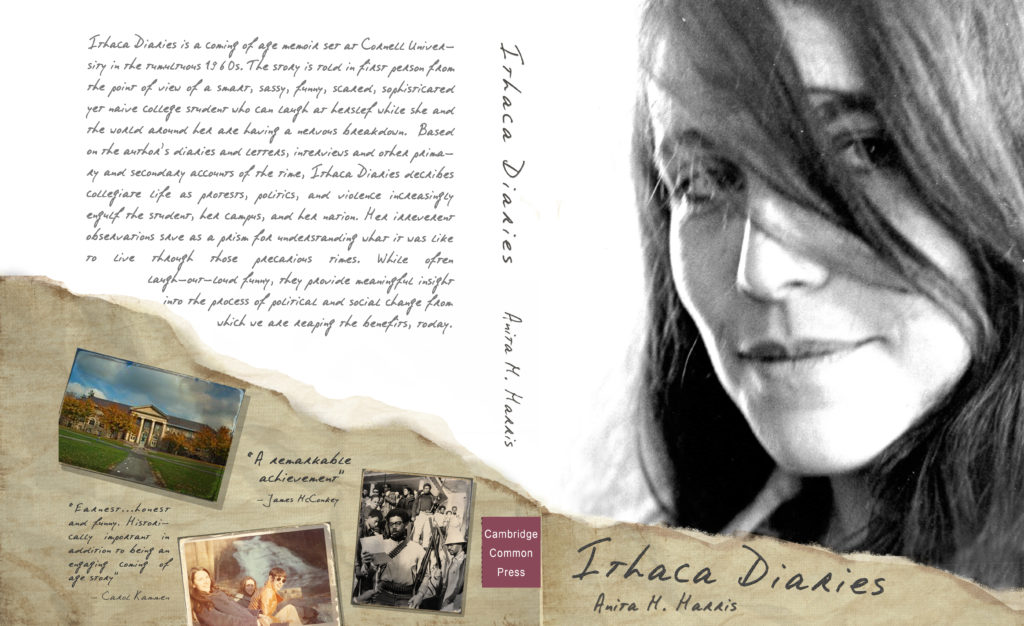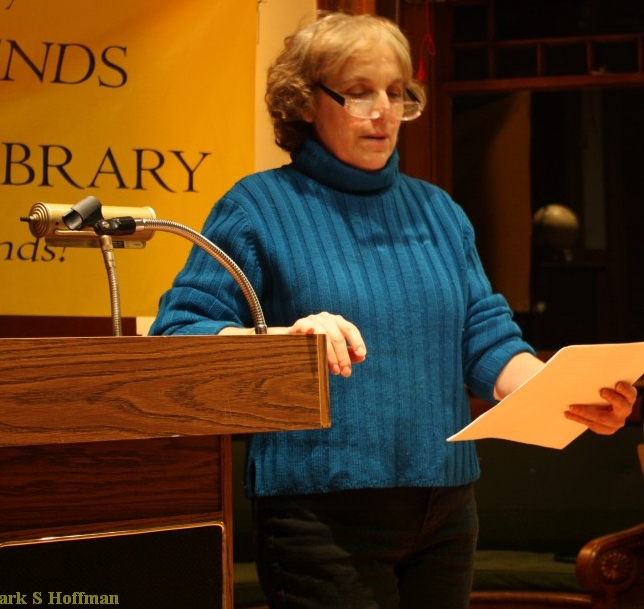International communications expert Dick Pirozzolo reviews Great Powers, Grand Strategies, a new book urging that the United...
Harris Communications
Having made calls and canvassed for Hillary Clinton, author Anita M. Harris is saddened, confused and ...
Anita M. Harris is pleased to join fellow members of her writers group, The Write Stuff, in...
Interview with Ithaca Diaries author Anita M. Harris to air on NPR's Here and Now on Monday,...
Anita M. Harris writes that the New York's new Whitney Museum is a work of art in...
Ithaca Diaries author and communications consultant Anita Harris writes that authors should have websites--but building and getting...




